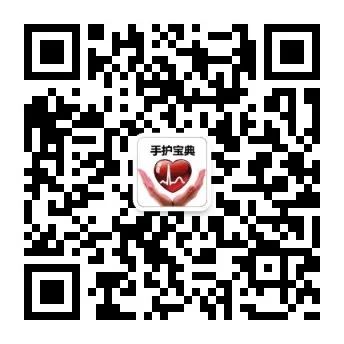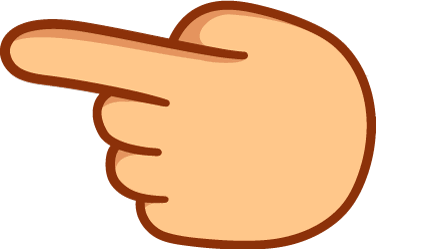664. What do the principles of supporting the right qi and expelling evil qi in TCM nursing refer to?
Supporting the right qi and expelling evil qi refers to changing the balance of power between the right and evil forces, assisting the right qi and eliminating the evil qi, thus transforming the disease process towards recovery. This includes: (1) methods to support the right qi; (2) methods to expel evil qi; (3) supporting the right qi before expelling evil qi; (4) expelling evil qi before supporting the right qi; (5) using both methods simultaneously.
665. What does the principle of seeking the root of the disease in TCM nursing refer to?
Seeking the root of the disease refers to focusing on the essence of the disease during nursing. This includes (1) methods of proper care: ① treating heat with cold; ② treating cold with heat; ③ purging when there is excess; ④ tonifying when there is deficiency. (2) methods of counter-care: ① using heat for heat; ② using cold for cold; ③ using obstruction for obstruction; ④ using unblocking for unblocking.
666. What does the principle of addressing the root and branch of the disease in TCM nursing refer to?
Addressing the root and branch refers to focusing on the main contradictions and primary aspects of the disease during nursing. This includes: (1) caring for the branch when urgent; (2) caring for the root when not urgent; (3) caring for both root and branch simultaneously.
667. What does the principle of adapting to the three factors in TCM nursing refer to?
Adapting to the three factors refers to the fact that the occurrence and development of diseases are related to multiple factors, especially closely related to the individual’s constitution, external environment, and climatic changes. Therefore, nursing should follow the principle of adapting to the person, time, and place.
668. What are the differences between “zheng,” “zheng,” “zheng,” and “bing”?
(1) “Zheng” refers to a pathological summary of the body at a certain stage of disease development. It includes the location, cause, nature of the lesion, and the relationship between the right and evil, such as the wind-cold syndrome and wind-heat syndrome manifested in a cold. Therefore, it is more comprehensive and profound than symptoms, thus more accurately revealing the essence of the disease.
(2) “Zheng” refers to symptoms, which are the individual, superficial phenomena reflected by the disease, including both the patient’s subjective abnormal sensations and certain pathological changes, such as cough, headache, insomnia, etc. It is commonly used in disease names.
(3) “Zheng” refers to signs.
(4) “Bing” refers to a complete pathological process with specific causes, forms of onset, pathogenesis, development rules, and outcomes, which is a comprehensive summary of a certain disease process characterized by certain features that do not change due to individual differences or other factors.
669. What does general nursing in TCM include?
General nursing in TCM includes daily living care, emotional care, dietary care, medication care, observation of the condition, and post-disease care.
Collected from the 2012 Fujian Nursing Basic Training

Hand care issues? Check the manual!
Still have questions? Ask the basics!

Enter [Search in the account/Ask the basics]
Keyword search to resolve your doubts
